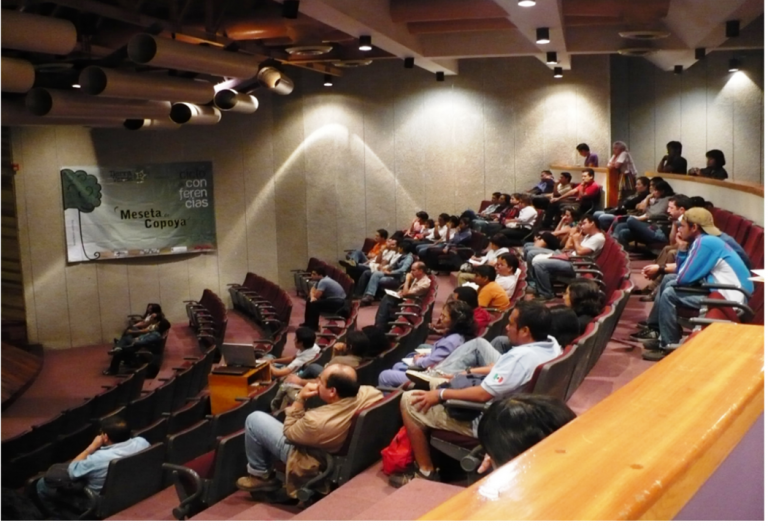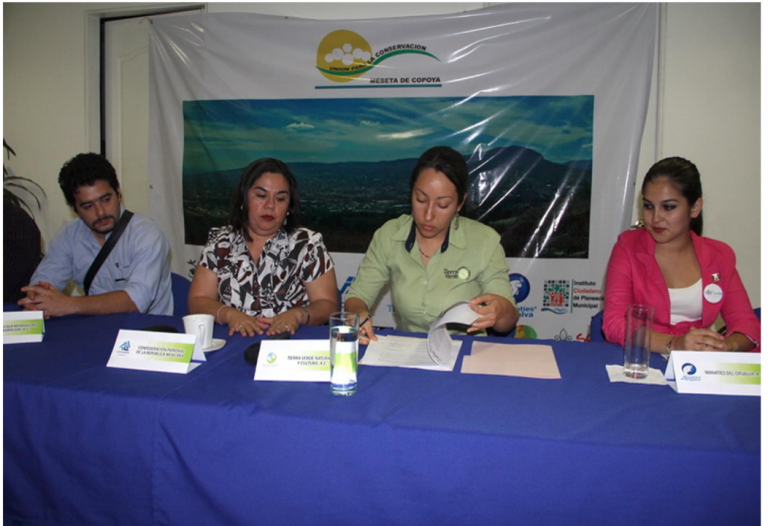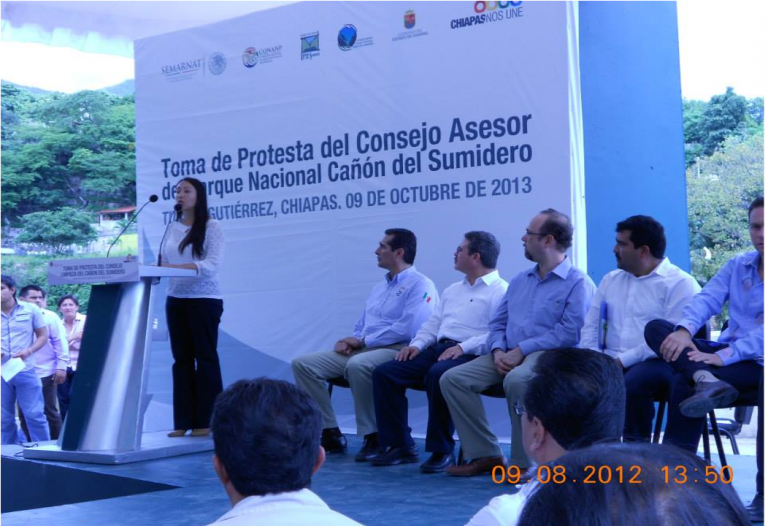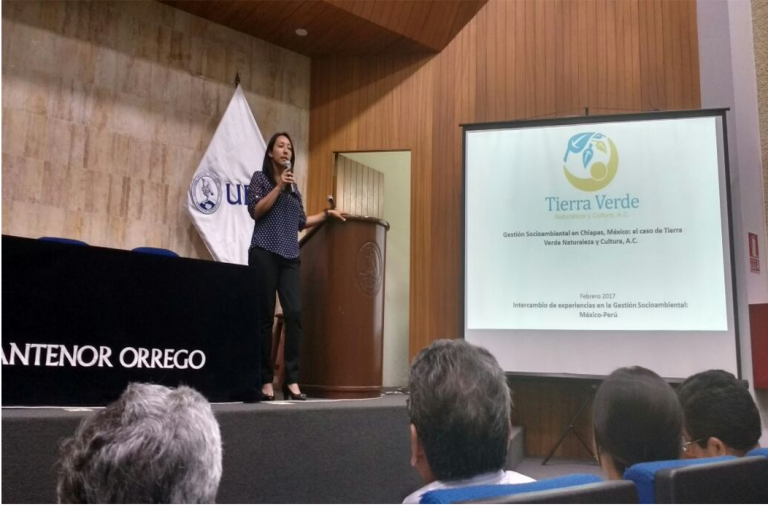This strategic line is defined by the following priorities
- Search the connections and make the necessary management about conservation priorities.
- Have an impact on the public policies related to environment.
- Encourage social participation by fostering a well-informed and participatory society.
Main objective:
- Contribute to conservation in matters and areas where attention still being need, such as, the necessity of society participation to make an impact on public policy and make positive changes.
Strategic line objectives:
- Encourage well informed civic participation, also the practice of critical observation.
- Generate reports about environmental priorities.
- Foment union between institutions, communities and CSOs*; in order to attend environmental priorities.
*civil society organizations
Main actions:
- Conservation management of Tuxtla Gutierrez’s mountainous zone
- Participation in the Consultative council of “Parque Nacional Cañon del Sumidero”

- Community participation at the first lecture series “Meseta de Copoya” in 2007

- Letter of intent signed for CSOs related to the conservation of the “Meseta de Copoya” to work together (Today “Union para laConservación de la Meseta de Copoya”)

- Advisory board “Parque Nacional del Cañón del Sumidero” inauguration

- Socio-ambiental exchanged of experince: Mexico and Peru at Trujillo city, Peru.













